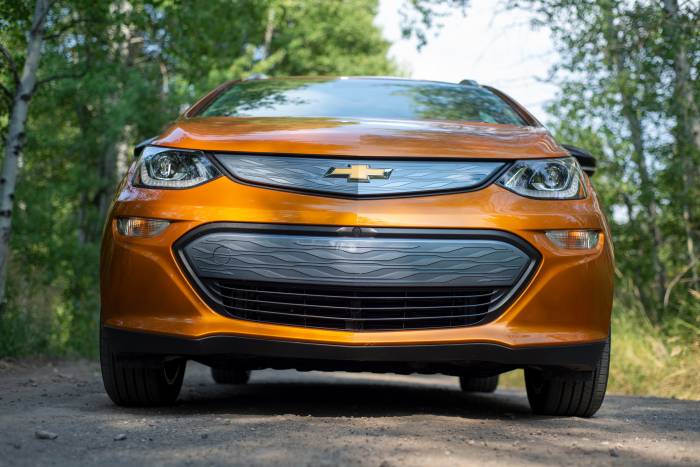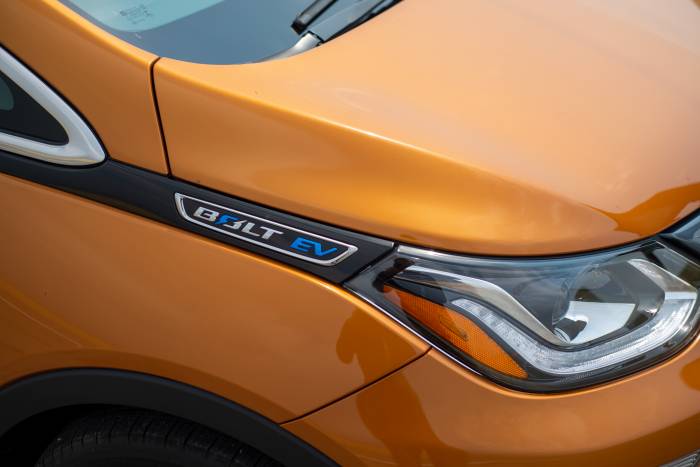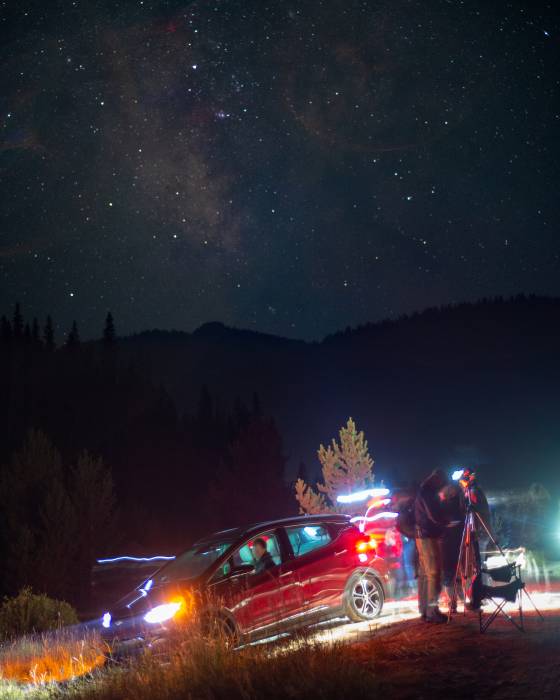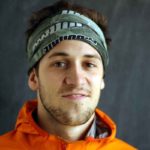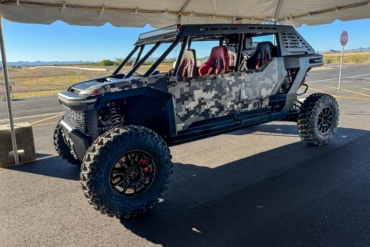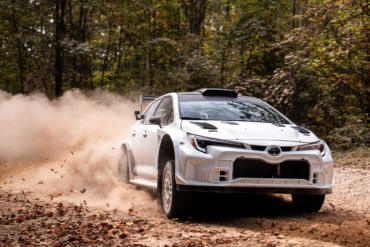We took the 2018 Chevy Bolt on and off road to see how the eco-friendly option fares for outdoor adventures.
Camping has gotten loud. What once used to be a reprieve from the noise of urban life has turned into a playground of gas-burning generators, Bluetooth speakers, and the constant start-stop of vehicles coming and going.
So when Chevrolet reached out to go on a road trip with the all-electric Chevy Bolt, I gratefully accepted. Electric vehicles (EVs) are silent and don’t burn gasoline. In theory, these cars can quiet a large chunk of what makes camping so noisy. And to do so without emissions? EVs seem like a win-win for outdoorsy types.
Our road trip test took place this month in Idaho. In that time, I drove to a ski town 160 miles away and took it off road to camping spots.
Behind the wheel, the question burned in my head: Can an EV, in this case, the Bolt, work for outdoor adventure?
The short answer is no, the Bolt doesn’t cut it for rugged adventure. But after driving around Idaho’s streets and rutted camp roads, I think it would be great if EVs could handle roughing it. Maybe one day.
2018 Chevy Bolt Road Trip
Chevrolet released the Bolt in November 2016 — the brand’s first all-electric offering. The Bolt accelerates forward without a sound and has among the best range for EVs on the market. (Only the long-range-edition Tesla Model 3 is higher at 310 miles).
With a range of 238 miles, Chevy markets the car as “road trip ready.” But EV trips require different preparation than traditional road trips. For successful EV road trips, owners need to route according to charging station locations.
Chevy uses three charging options with the Bolt. First, there’s DC Fast Charging, which gives 90 miles of range in 30 minutes. You can buy these for home use, but Chevy doesn’t recommend it, as the units may be impractical for home installation and budgets.
Another method is with 240-volt/32-amp charging units. These are a little less efficient, providing 25 miles per hour of charge, and are available for home installation. Last, weakest, and most widely available is a standard three-prong wall outlet. You get 4 miles per hour of charge with this option.
There are thousands of charging stations across the country. Naturally, there are more stations in cities, but some remote developed areas offer 240-volt and DC Fast Charging stations. Websites like ChargeHub tell you where stations are located.
The Bolt’s range worked for my 155-mile, three-hour drive from Boise, Idaho, to Sun Valley no problem.
Idaho Bound: How the Chevy Bolt Worked
The Chevy Bolt offered a novel and enjoyable driving experience. There’s a large infotainment touchscreen that displays electric driving insights like range, efficiency, and charging stations. It also shows maps, audio, phone calls, texts, and more.
Starting the car feels odd as there’s no startup noise. The Bolt maintains a very low level of electric current to maintain operatable temperatures in case of extreme heat or cold.
The Bolt’s 200 horsepower and 266 pound-feet of torque are apparent. The car punches forward with gusto and is extremely responsive. Thanks to the battery’s position underneath the vehicle, the bulk of the car’s weight rests there, making the car feel balanced.
After an hour on the road, the Bolt felt comfortable and capable. I blasted music, stopped for a huckleberry milkshake, and saw southern Idaho’s sharp rock formations. It was a fun drive to Sun Valley!
Electric Vehicle Off Road
The Bolt got me to my destination without any problems. In this case, it was a hotel in Sun Valley that offered EV charging inside. But so far, my road trip had been on pavement only.
Mountain bike trails, climbing crags, and wilderness camping spots frequently require off-road travel to the destination. After a quick recharge at the hotel, I took the Bolt off the asphalt.
While I didn’t take the Bolt camping, I drove it to campgrounds and tested it off road as much as I felt comfortable in one afternoon.
In Sawtooth National Forest, I passed tents and saw campers set up alongside a dirt road. The car could get to the same spots as them! The road was flat and pretty tame, and the Bolt handled it fine.
Panic struck when I descended a steep gravel road with some sections of washboard. The way down was OK, and I passed a truck driver who looked at me like I was E.T. I soon realized that getting back up would be a challenge.
I turned around when the road flattened out in fear of trapping myself. When I reached the steep hill, I got some momentum at the base and followed it up. Just before I crested, the wheels began to spin freely, losing traction on the ground.
Thankfully, the vehicle and my momentum persevered, and I made it to the top. But the experience left me not wanting to try it again. It was a steep road for most two-wheel-drive cars, but this was just one of the faults of off-roading with the Bolt.
In my short experience off road with the all-electric Chevy, I feel it could get to most campsites fine. After all, a lot of public lands campsites don’t need four-wheel drive or a Jeep to get to.
But getting to the campsite is not the most pressing concern with EVs and outdoor adventure. The limited range and dependency on charging stations hang like dark clouds over the Bolt. Run out of charge deep in the woods, and you’re screwed.
Whereas gas vehicles can have a jerry can of gasoline brought to them, EVs need a tow to a charging station.
Road Tripping: Gas vs. Electric
I’m not saying you can’t take the Chevy Bolt on a road trip. But for the types of adventures outdoorsy folks like myself go on, gas-powered vehicles remain the standard.
If your destination is a developed area with a charging station, the Bolt provides a fun driving experience. And if the drive to your desired campground and back is less than 238 miles, go for it.
I imagine EVs to be great options for daily commuters and the occasional weekend getaway. With the Bolt’s regenerative braking, the constant start-stop in cities offers prime conditions for driving EVs. And once home, you can recharge it overnight, day after day.
As much as I wanted the EV to work for outdoor adventure, the state of EVs and charging station availability limit where you can travel. The ease of finding gas stations, the ability for rescue when out of gasoline, and superior off-road performance make gas-powered motors a clear choice.
But there’s a glimmer of hope. More charging stations pop up each year, and infrastructure for EVs is expanding.
It may be another five to ten years before my dream off-road EV emerges. And when it does, I’ll happily join. I’ll listen to birds on the drive and relax at the campground, free to enjoy the soft song of nature.

